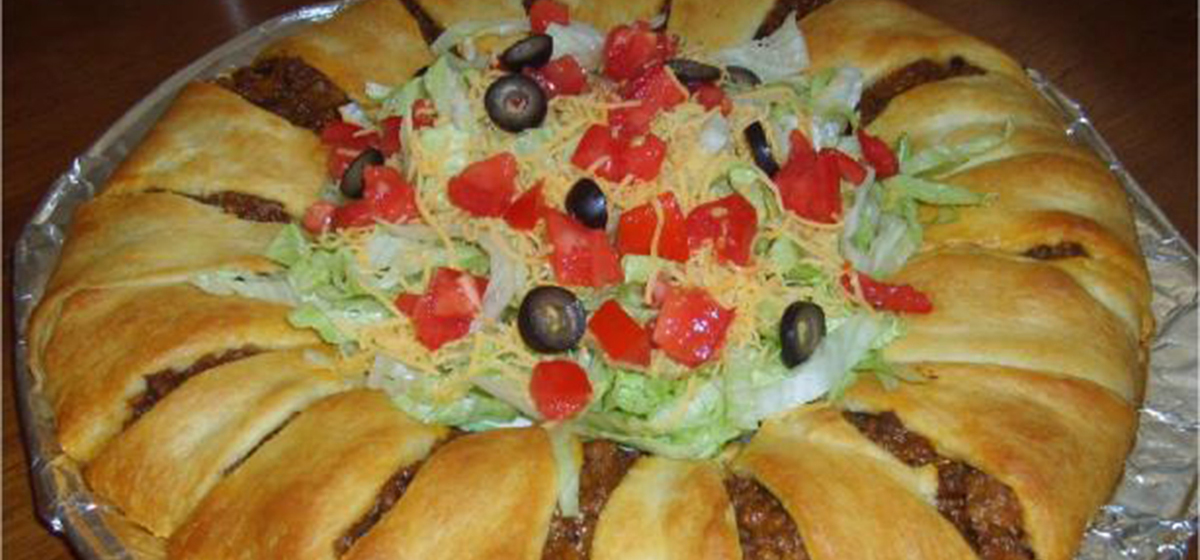 When Wesley Freise retired in 2011, he knew he wanted to make the most of his newfound free time. After seeing an article in a magazine, he decided to pursue a career in racing…pigeon racing. As a pigeon fancier, Freise uses his love of sports and his competitive nature in a practice that actually traces back to ancient times and utilizes the oldest domesticated bird. He competes in national and global competitions, and after just a few years in the sport, Freise has been able to place in multiple competitions.
When Wesley Freise retired in 2011, he knew he wanted to make the most of his newfound free time. After seeing an article in a magazine, he decided to pursue a career in racing…pigeon racing. As a pigeon fancier, Freise uses his love of sports and his competitive nature in a practice that actually traces back to ancient times and utilizes the oldest domesticated bird. He competes in national and global competitions, and after just a few years in the sport, Freise has been able to place in multiple competitions.
Pigeon racing has taken Freise and his birds to new heights and places, but you can find his roots right here in Texas. Freise is originally from Houston, where he had a successful career as a civil engineer. He came to Huntsville in 2004 with his wife Patricia and built the Red Ass Ranch, a sprawling 200 acre spread the couple lives on and raises their many cows, deer, goats, horses, and (of course) pigeons. There, he says, his unconventional hobby has turned into his greatest joy. His eyes actually light up as he talks about his passion for pigeon racing.
They just thought it was kind of weird that I would pay $500 for a pigeon.
I just looked around on the internet to learn about the sport and see who was winning, and then decided I’d buy some pigeons from the Ganus Family Loft in Indiana.
 It was just a live and learn. I don’t know; it’s all pretty easy. It’s just figuring out how to feed them.
It was just a live and learn. I don’t know; it’s all pretty easy. It’s just figuring out how to feed them.
I’ve got about 24 right now.
Well, we lived in Houston, and then we moved up north to Porter, and then we moved up north to Lake Conroe. After that, we bought 200 acres out here, retired, and thought we needed to do something with it.
 During the summer, we just feed them, take care of them, make sure they aren’t sick, and make sure they have water. On Thanksgiving, we divide them up—pair them up by male and female—and put them in their breeding cages. Then, we pre-medicate them and make sure they’re going to be healthy and strong. After that, we start waiting for the eggs to come. Females have to have a certain amount of darkness each day in order to lay eggs. After we hatch them out, we band them during the first week. Then, we vaccinate them when they’re about 21 days old, so they don’t get diseases like salmonella. When they’re 50 days old, we put them in a box and take them to the post office to mail them all over. We’ve even sent pigeons to South Africa.
During the summer, we just feed them, take care of them, make sure they aren’t sick, and make sure they have water. On Thanksgiving, we divide them up—pair them up by male and female—and put them in their breeding cages. Then, we pre-medicate them and make sure they’re going to be healthy and strong. After that, we start waiting for the eggs to come. Females have to have a certain amount of darkness each day in order to lay eggs. After we hatch them out, we band them during the first week. Then, we vaccinate them when they’re about 21 days old, so they don’t get diseases like salmonella. When they’re 50 days old, we put them in a box and take them to the post office to mail them all over. We’ve even sent pigeons to South Africa.
 Yes, they are shipped in cardboard containers. They don’t squawk, but kind of go dormant—like when you tuck a chicken’s head under its wing, and it “goes to sleep.”
Yes, they are shipped in cardboard containers. They don’t squawk, but kind of go dormant—like when you tuck a chicken’s head under its wing, and it “goes to sleep.”
 Yes. While the mommas don’t love it, they don’t disown the babies just because they’re touched by humans.
Yes. While the mommas don’t love it, they don’t disown the babies just because they’re touched by humans.
When they’re 50 days old, we send them off to raisers. We pay an entry fee there, and they’re there from about two months old until they’re nine months old. So, the raiser will have several hundred pigeons in his loft, and wherever they’re raised is where they’ll come back to. The birds can only train to one loft—that’s why it’s called “one loft racing.” It’s like imprinting, and they can only attach to one place. No one really knows how pigeons do this. In September, the races will start, and the raiser will haul them all down the road, training them to come back. Then in December or so, we’ll have the big race, which is 350-400 miles long, and the pigeons have to fly 8-10 hours to get back home.
 The race coordinators take all the birds to a predetermined distance—they take them in cages on semi-trucks—and then open the cages all at once. The birds all fly out and up to the sky and make a couple of circles—getting their bearings—then start off and head to the loft where they were trained. When they get to that finish area, they circle a couple of times and then come in for a landing. They have to cross the line—their leg band has a chip that marks the time. Sometimes a bird will land and not cross the line, and another will land and cross first. Purses usually pay many places down the line.
The race coordinators take all the birds to a predetermined distance—they take them in cages on semi-trucks—and then open the cages all at once. The birds all fly out and up to the sky and make a couple of circles—getting their bearings—then start off and head to the loft where they were trained. When they get to that finish area, they circle a couple of times and then come in for a landing. They have to cross the line—their leg band has a chip that marks the time. Sometimes a bird will land and not cross the line, and another will land and cross first. Purses usually pay many places down the line.
Well, kind of. The raiser will take the birds about 2 miles and turn them loose. Then they’ll come back and then go to 10 miles, then 20, then 30, and work his way all the way up to 100 miles. That’s when the race will start.
 They’re easy to keep, and after a while they come to know you. They’re just nice to have around. We raise some to fly around here, and it’s pretty to watch them fly around and come back; it’s what we do with all our animals. All our kids are grown and have their own families. Our grandkids like to come out from Houston and watch them.
They’re easy to keep, and after a while they come to know you. They’re just nice to have around. We raise some to fly around here, and it’s pretty to watch them fly around and come back; it’s what we do with all our animals. All our kids are grown and have their own families. Our grandkids like to come out from Houston and watch them.
Well, I liked being an engineer. You ever visit Houston? I was the executive director of the Toll Road Authority for about 20 years; I built all those toll roads. I built them, designed them, financed them—it took about 2 billion dollars to build them. I had a great life; it was a great career. But like I tell my wife, the job does not define who you are, just what you do for a living. I’ve been very blessed in life, and now that we’re retired, we try to live every day to the maximum, doing just what we enjoy. That’s what retirement’s about.
I don’t miss it. I enjoyed it when I was doing it, but I enjoy pigeon racing even more.
We picked up a couple of antique cars and participate in car shows a bit, and my wife is an artist, so she puts pictures in art shows. We just travel around doing what we do and meeting people.
 There’s about a 30% loss on races—meaning about 30% of the birds don’t finish the race, but just fly off. I usually enter at least one or two teams of four birds.
There’s about a 30% loss on races—meaning about 30% of the birds don’t finish the race, but just fly off. I usually enter at least one or two teams of four birds.
We just do it for the competition. I’m a competitive person—I don’t do anything unless there’s competition—just like car shows are competition. You know, it helps fill a very competitive need. You’re flying against the best pigeons in the world. In the South African race, they’ll have 4,000 pigeons, and the birds come from all over the world—Belgium, Hungary, China, Japan, The Philippines, Great Britain, Canada…it’s an exceedingly competitive sport, just like horse racing.
 Well, just my favorites. The one that won the big race for me was named Go for Broke. I won $60,000 on that one race. I consider it a “win” if the prize is greater than what it cost me to get the bird to that point.
Well, just my favorites. The one that won the big race for me was named Go for Broke. I won $60,000 on that one race. I consider it a “win” if the prize is greater than what it cost me to get the bird to that point.
Those that win, I keep. Those that don’t win, I sell to my fundraiser, who sells them down in Tomball. And after a couple of years, you get too many, and you’ve got to get rid of them somehow. You can’t keep them all. We’ll send out about 45 pigeons a year and raise them, and after the end of a race, we’ll probably get a dozen or two back. Because they only imprint on one place, when the race is over, they can only be used/sold as “stud”—but there’s good money in that.
No. After that race, if they made top 10, you had to put them up in an auction. So he was sold to a fellow in China for $11,000.
Yeah, we attend some (sometimes the release, sometimes the finish), but when we can’t go, we can watch online via web stream. When we go, they always have a big barbeque or something like that, and everybody gathers and visits to watch the birds come in. We also just came in from Las Vegas in December. We went out there for four days for a pigeon convention; they auctioned birds off there. The two highest birds sold for $40,000.
 Well, Patty and I would be traveling to do something, but the pigeons give us an excuse. We enjoy the people and the comradery and competition; it’s just one thing to get into that provides that opportunity.
Well, Patty and I would be traveling to do something, but the pigeons give us an excuse. We enjoy the people and the comradery and competition; it’s just one thing to get into that provides that opportunity.



